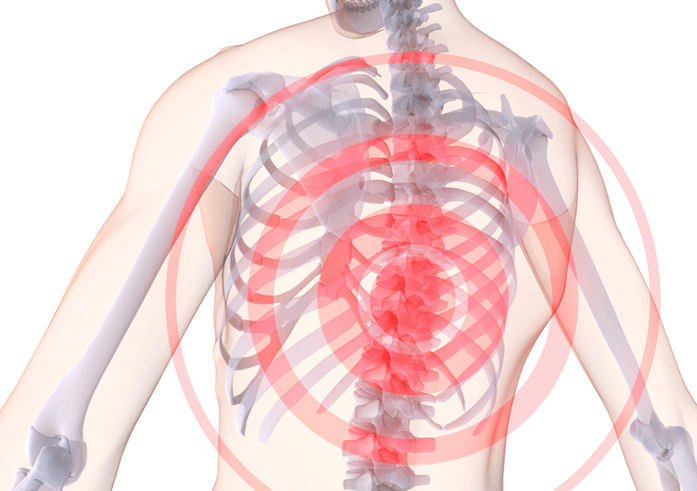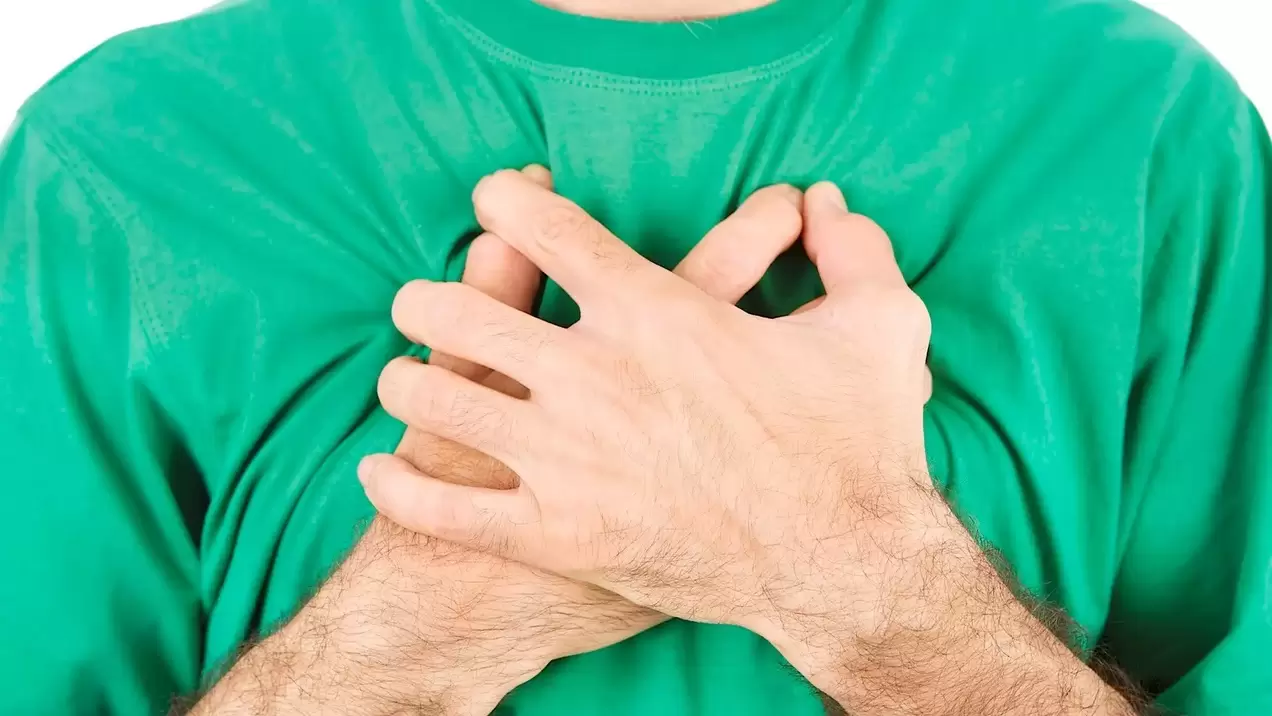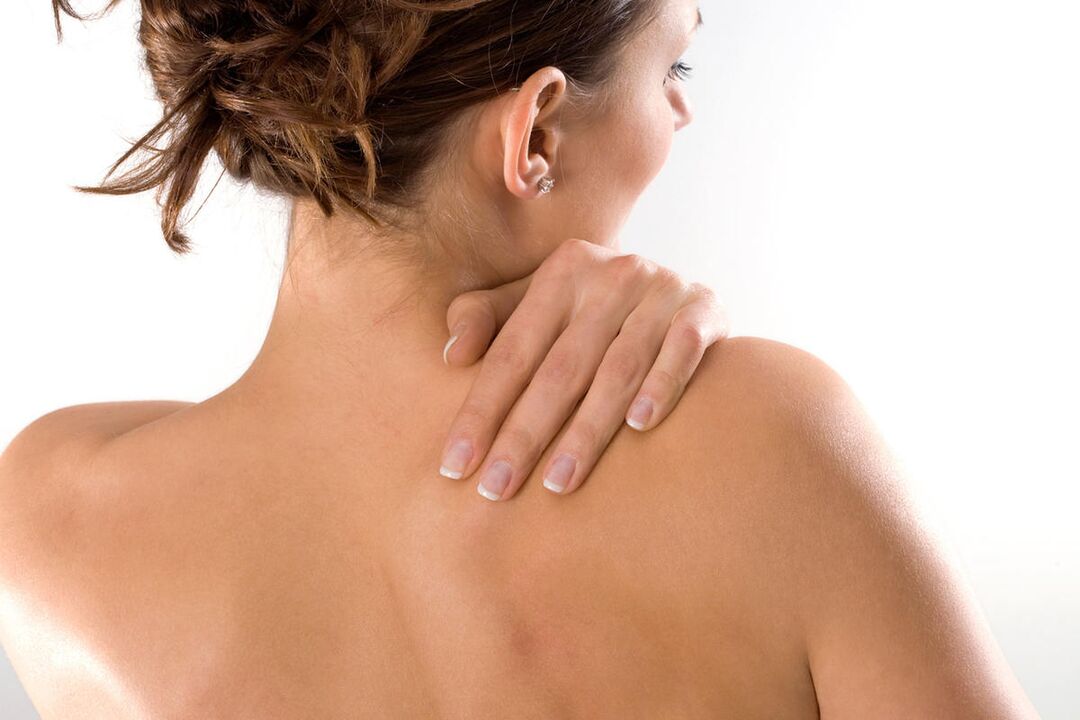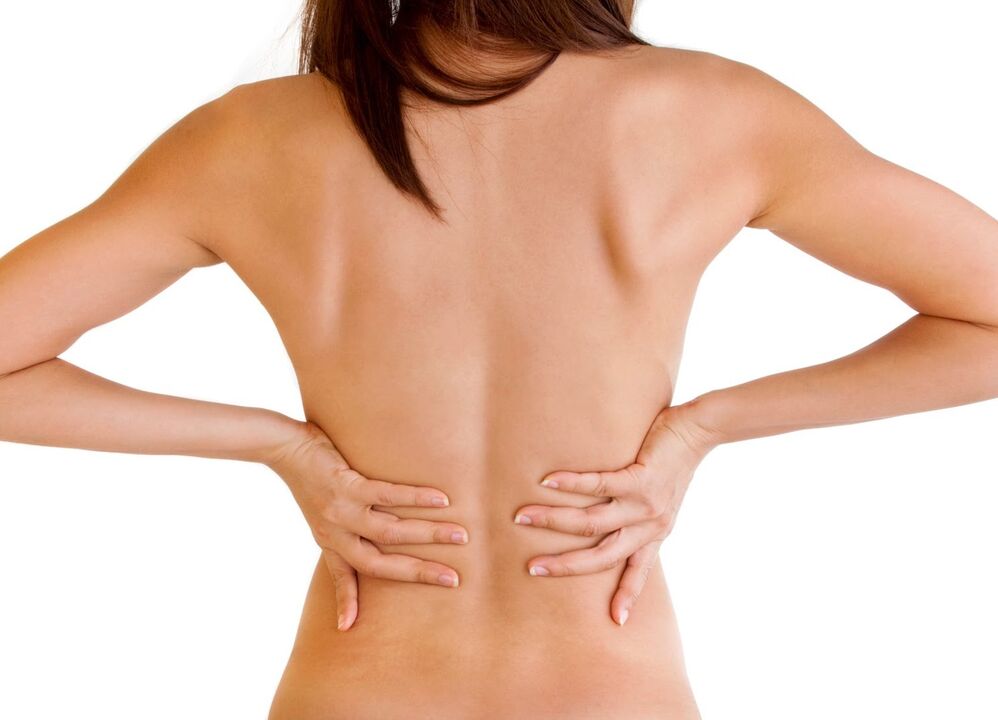
The least common type of osteochondrosis has always been considered osteochondrosis of the thoracic spine. However, today this disease has become more common. A few decades ago, osteochondrosis of the thoracic region was a disease of the elderly, but over the years this diagnosis has become widespread among young people and even children.
What is this disease
Osteochondrosis of the thoracic spine is caused by dystrophic and degenerative changes that lead to disruption of the ligamentous apparatus, neighboring vertebrae and joints and can cause their destruction. Both the bones and the ligamentous apparatus, muscles and cartilage suffer from it.
It has several specific features:
- The thoracic spine is functionally different from the neck and lumbar region due to lack of mobility. This is due to the peculiarity of the structure of the chest, where the vertebrae and ribs form a strong structure, which is quite reliably protected from injury.
- In addition, this part of the spine experiences less stress compared to the neck or lower back. In this regard, problems such as disc protrusion, displacement of the vertebrae or intervertebral hernia are less common in it.
- All these factors make it difficult to diagnose osteochondrosis early due to the absence of symptoms. As a rule, osteochondrosis of the thoracic region begins to manifest itself when the disease is already advanced.
Osteochondrosis is especially dangerous for children and adolescents. Due to illness, their musculoskeletal system is deformed even before it is fully formed and strengthened.
Symptoms of the disease
Patients with this disease most often complain of the following characteristic symptoms:
- pains of a dull or aching nature in the shoulder blades, they increase if the body is long without movement, with deep breathing and lifting weights;
- feeling of tightness in the chest;
- often the pain is girdle;
- there is numbness in some parts of the body;
- chills;
- low temperature of the lower body;
- diarrhea, constipation, flatulence;
- intercostal neuralgia;
- pain and disruption of the abdominal muscles;
- nausea, heartburn.

Some symptoms of osteochondrosis are also characteristic of other dangerous diseases, for example, angina pectoris, heart attack, stomach ulcers, pneumonia, etc. That is why examination by narrow specialists is necessary.
The pain that occurs with this disease is usually divided into two types: dorsago and dorsalgia.
- Dorsago refers to sharp, sudden severe pain. Subject to this syndrome are people who stay in a sitting position for a long time, bending over a table. At the moment when a person gets up from the workplace, a sharp pain appears, which increases with breathing and limits the work of the upper spine.
- Dorsalgia is characterized by a slow increase in pain. For several weeks, the patient may feel only discomfort and mild pain. Painful sensations become stronger with deep breathing or tilting of the body, during sleep or other long stay of the body without movement.
Causes of osteochondrosis of the thoracic region
The cause of the disease is pathological changes in the structure of the spine, they are degenerative in nature and affect both bone, cartilage and muscle tissue. Such pathological disorders can lead to:
- intervertebral hernia, excess weight;
- hereditary predisposition to spinal pathology;
- destruction of cartilage;
- circulatory disorders in the spine;
- lack of calcium;
- excessive or irrational load, improper lifting of heavy objects;
- sedentary lifestyle, injuries, curvature of the spine.
Treatment at home
Treatment of osteochondrosis should begin with a visit to a neurologist. Due to the fact that its symptoms are similar to those of other diseases, it is important to exclude other serious pathologies. As a rule, the treatment process consists of two stages:
- Removal of pain syndrome.
- Elimination of the causes of the disease.

Non-steroidal anti-inflammatory drugs are used to relieve pain and relieve muscle spasms. In the future, under the supervision of a doctor, a number of therapeutic measures are carried out, consisting of gymnastics, diet, physiotherapy procedures and, in case of a serious pathology, surgical intervention.
It is important to know! It is extremely dangerous to independently diagnose and treat osteochondrosis of the thoracic spine. One of the pathologies that cause this disease is an intervertebral hernia, the treatment of which is carried out only by a doctor, most often surgically.
Sometimes during the period of exacerbation, the patient experiences such severe pain that it can only be stopped in a hospital setting. If the pain is tolerable and treatable with analgesic drugs, then treatment can be carried out at home, but under the supervision of a doctor. During the acute stage of the disease, the patient should:
- observe bed rest;
- limit physical activity;
- Do massage;
- use recommended ointments, gels and creams;
- eat healthy food, reducing the amount of fat and eliminating alcohol;
- follow the prescriptions of a specialist and use drugs in accordance with the prescription.
After consultation with a neurologist, therapeutic exercises and physiotherapy can be carried out.
An important factor in the treatment of osteochondrosis is a complete rest of the spine during sleep. To do this, you should use orthopedic devices: special pillows, orthopedic mattress. Properly selected sleep accessories will help the spine to take the correct position and recover.
Attention! People diagnosed with osteochondrosis should not choose a mattress with increased rigidity, it can help straighten the natural curves of the spinal column.
Medications for treatment
The first step in the treatment of osteochondrosis should be pain relief for the patient. For this, non-steroidal drugs prescribed by a doctor are used. These drugs must be used strictly following the instructions, as they have many contraindications and cause serious harm to the digestive tract.
It is worth remembering that they do not treat the cause of the disease, therefore, after the acute period of the disease has passed, it is necessary to continue treatment with other methods proposed by the doctor.
Simultaneously with taking painkillers, a course of vitamin therapy may be prescribed. In addition, muscle relaxants will help relieve spasm from the affected muscles. These drugs are not subject to self-administration and are prescribed only by the attending physician.
After the pain is removed, the process of restoring blood circulation and nourishing damaged tissues begins. To do this, drugs are used that restore the connection between the nerve endings and damaged vessels.
Ointments
The appointment of drugs for external application is one of the widely used methods for the treatment of osteochondrosis. Pharmaceutical companies offer a wide range of ointments. Anti-inflammatory and analgesic ointments are used. These ointments not only have analgesic properties, but also help relieve inflammation, reduce swelling and restore joint mobility, eliminating their stiffness.
Ointments of complex action, in addition to the above properties, have a healing, antithrombotic and antimicrobial effect. Such ointments are best used in the daytime, using them on the affected area of \u200b\u200bthe skin. After applying the ointment, the sore spot can be wrapped with a warm scarf. These ointments are most effective during remission, when the pain is not acute, but rather aching.
injections
In the acute period of the disease, when the patient is in severe pain, the effect of tablets to relieve symptoms may not be sufficient. In these cases, the attending physician prescribes injections of drugs with analgesic and anti-inflammatory properties.
Additionally, a course of injection of B vitamins should be carried out.
Treatment with folk remedies
A rolling pin for rolling out dough will help you relieve pain and forget about this ailment for a long time. To achieve a good result, you should not be lazy and give the procedure 15-20 minutes daily. Alternately lightly tap the rolling pin on both shoulders, spine and shoulder blades. After that, the rolling pin is placed on a hard and even surface, preferably on the floor and lying on it with your back. Roll the rolling pin for 10-15 minutes.
Rubbing
An excellent substitute for pharmacy ointments will be self-made rubbing.
- Take 200 ml of triple cologne, medical and camphor alcohol. Combine all liquids in a jar and add 100 g of crushed calendula flowers. The jar is closed and left in a dark place for two weeks. Ready rubbing can rub painful areas with osteochondrosis: shoulders, back, chest, etc.
- Take 1 tsp. powdered hop cones and mix with melted pork fat in a ratio of 1: 1. This ointment rubs the painful part of the spine.
Oral tinctures
Cowberry
- Pour 80 g of lingonberry leaves with a liter of boiling water. The mixture should be infused for at least 2 hours.
- Then the infusion must be filtered and combined with 350 ml of vodka. On low heat, the mixture must be heated to a temperature of 60 degrees, and then let it simmer for 10 minutes.
- Half a glass of the resulting tincture should be drunk on an empty stomach at least three times a day. The course of admission is 7-8 months.

Collection of herbs
- Take 3 tbsp. l. viburnum berries, 2 tbsp. l. chamomile flowers and birch leaves, 1 tbsp. l. calendula and elecampane.
- In a thermos, combine vegetable raw materials and a liter of boiling water.
- You need to insist the mixture for at least three hours, then take a glass three times a day for a month.
Attention! Treatment with folk remedies should be carried out in addition to the therapy prescribed by the attending physician. Alternative methods cannot be a full replacement for complex treatment.
Exercises for the treatment of osteochondrosis
After agreement with the doctor, you can start doing therapeutic exercises. Before performing the exercises, it is imperative to do a warm-up: swinging arms and legs, tilting and rotating the body, turning the head. This will help warm up and prepare the muscles and ligaments. Gymnastics itself includes several exercises:
- Standing in a straight position, slowly raise your shoulders, then also slowly lower them.
- In the next exercise, the shoulders should be raised and lowered alternately, first the left, then the right.
- Stand up straight and stretch your arms along the body. Slowly lean to the right and left alternately, without taking your hands off the body.
- To perform the exercise, lie on your stomach and lift your chest off the floor. At the same time, the arms should be extended forward above the head. You need to stay in this position for 10 seconds. After that, the hands are clasped behind the back and again held for 10 seconds.
- Sit in a chair with a firm, straight back. Rest in it and try to bend.
Attention! If the exercise causes you a severe attack of pain, you should stop immediately and rest for 5 minutes.
Disease prevention
Osteochondrosis is a rather serious disease, which is easier to prevent than to treat. In order to protect your spine, you should follow a number of recommendations:

- Rational physical activity. If your work involves sitting for a long time, be sure to take breaks to warm up. Take more walks in the fresh air.
- You should not lift weights, and if necessary, do it correctly.
- Avoid hypothermia.
- Problems with the spine will help to avoid a diet that is based on the consumption of foods rich in protein, reducing the amount of fatty foods. Perfectly strengthens the spine and ligamentous apparatus aspic, aspic and jelly.
- Watch your weight, overweight people almost always doom themselves to problems with the spine.
- For sleep, use an orthopedic mattress and a pillow.
Treatment of osteochondrosis of the thoracic region will be effective with an integrated approach. Be sure to combine the therapy prescribed by the doctor and alternative methods of treatment with gymnastics and massage. After the symptoms disappear, do not forget to take all preventive measures to prevent relapses.
















































